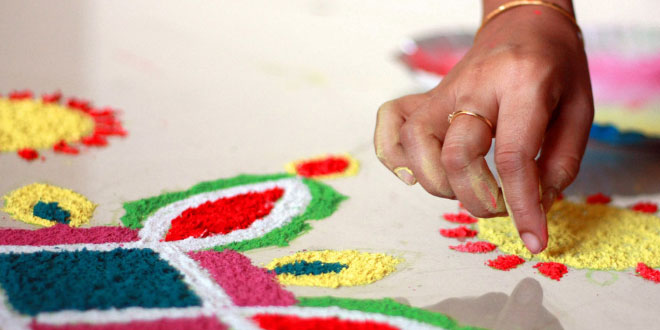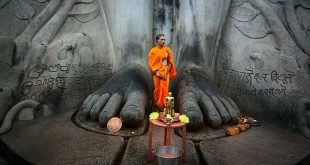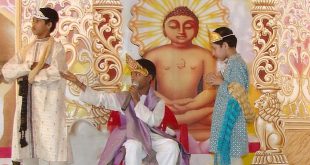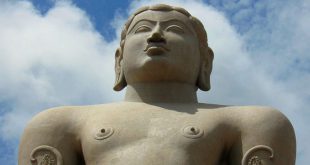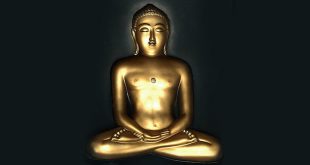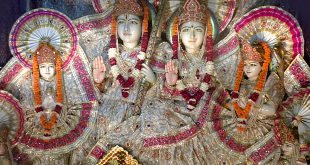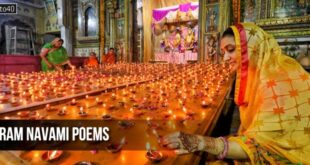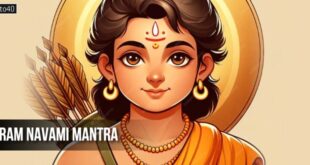Janmashtami Rangoli: One of the most popular art forms in India, rangoli (kolam) is drawn at the entrance way in most of the Hindu festivals, because it is considered auspicious. On the ceremonious occasion of Janmashtami, people draw rangoli at their entrance way, to welcome Lord Krishna, as the festival commemorates his birth. The art form is a kind of decorative motif, which can be made by using finely ground white powder, colors or even flowers. On Janmashtami, people prefer adorning their verandah with alpana (another name of rangoli) with colors or chalk. In south India, kolam is usually drawn using rice flour. Go through following lines to know more about Krishna Janmashtami rangoli.
Janmashtami Rangoli Designs:
The designs chosen for a traditional Rangoli are usually derived from nature, because the practice of making designs of the art form is ancient. Some of the most popular Rangoli motifs are peacocks, swans, mango, flowers, creepers, etc. Traditionally, the natural dyes derived form barks of trees and leaves were used for rangoli. However, in the modern age, people make use of synthetic colors for the rangoli. Today, colors, rice flour, turmeric powder and red vermilion are used to draw the rangoli motifs. Depending upon the preference, people choose to draw either huge motifs or simple designs, at their doorsteps.
How Is Janmashtami Rangoli Made:
It is interesting to see people in south India to make use of rice flour to make simple as well as intricate kolams. On the wonderful occasion of Janmashtami, they would make sure that lord Krishna is welcomed at the best possible way. To serve the purpose, people clean their house, wash the entrance way and make kolam. Rice flour is used to make kolam. A particular design is considered in mind, before drawing the design. Then, the image is begun from a dot (the starting point). Usually, geometrical shapes such as oval, triangle, hexagon, pentagon etc are used to make kolam. With the increasing expertise, images of peacock and animals can be easily drawn.
Significance:
Rangoli or kolam forms a significant part of Janmashtami. This is because on the day, Lord Krishna is expected to visit the homes, which are kept neat and beautifully decorated. Since the devotees of lord Krishna expect his visit, they scrub-clean their house and premises, decorate the place with festoons and draw his footsteps, using rice flour, at the entrance way. The footsteps are considered complete, only when they are complemented by a beautiful kolam. This is the reason why on the occasion of Janmashtami, people draw kolam at their entrance way. Moreover, rangoli is considered auspicious for any Hindu festival. All the decorations are given a finishing touch by beautiful rangoli motifs.
 Kids Portal For Parents India Kids Network
Kids Portal For Parents India Kids Network
